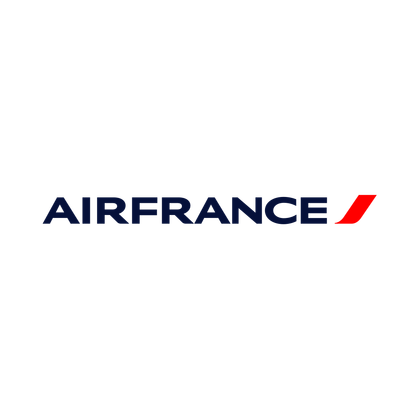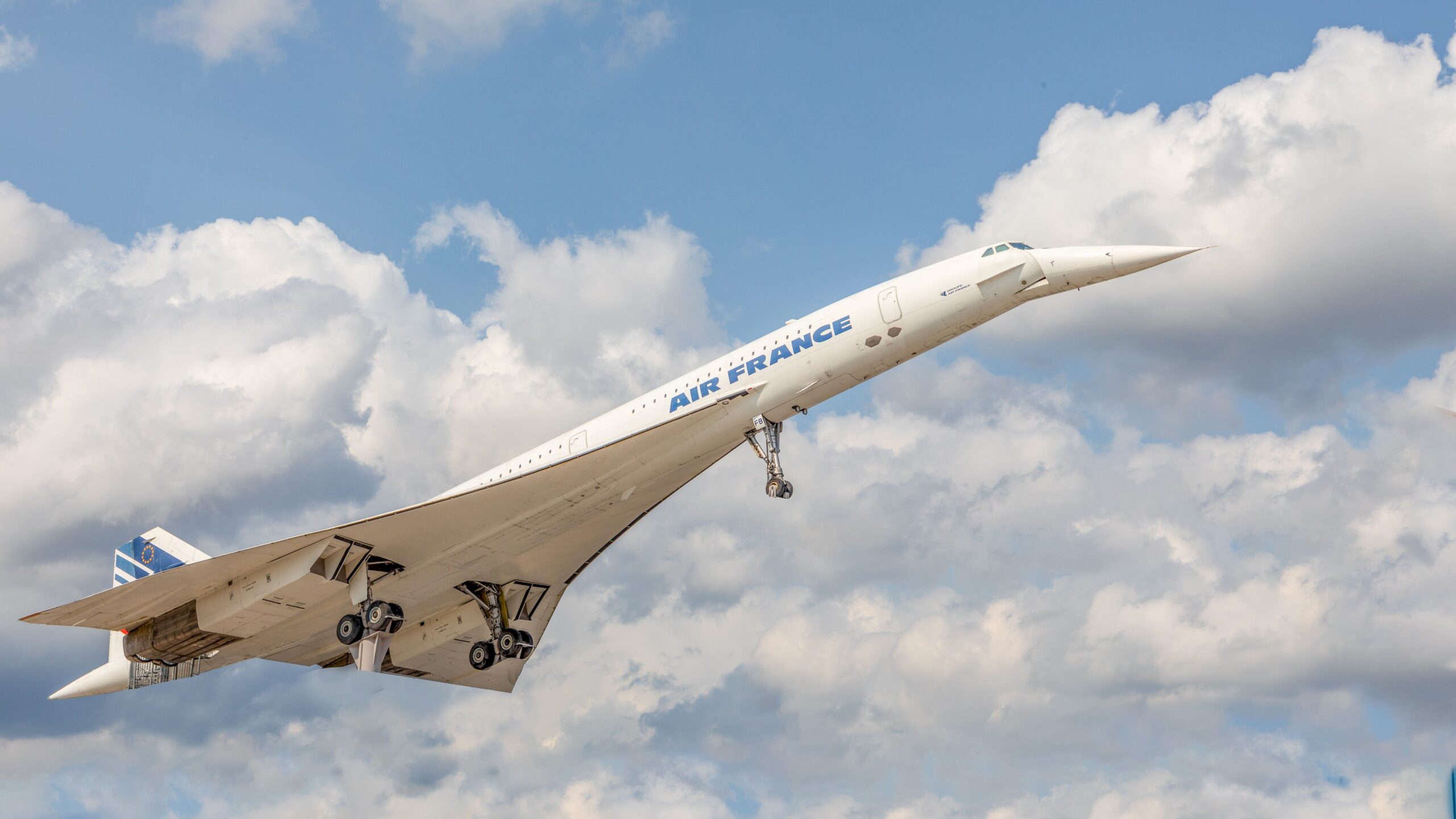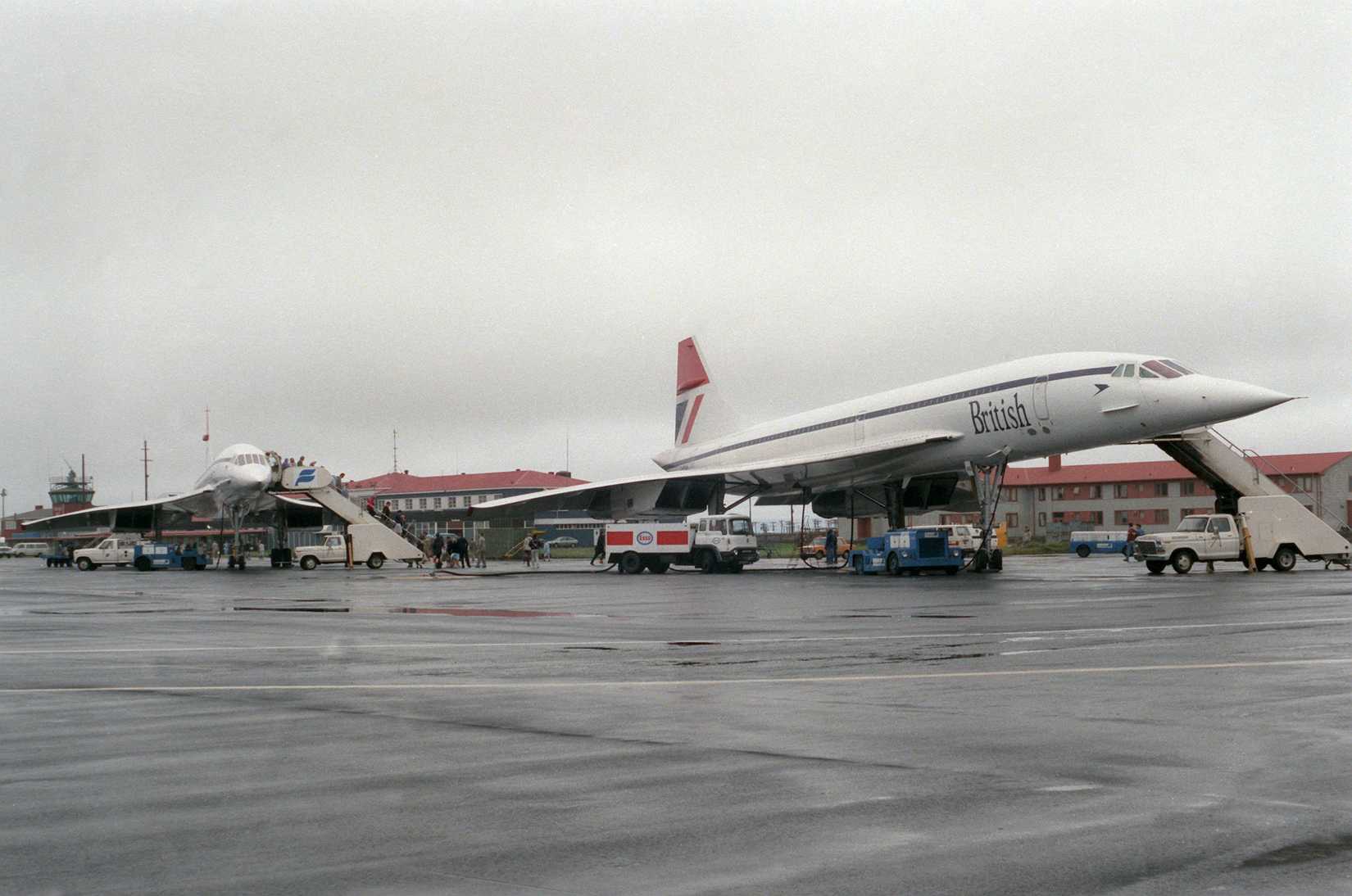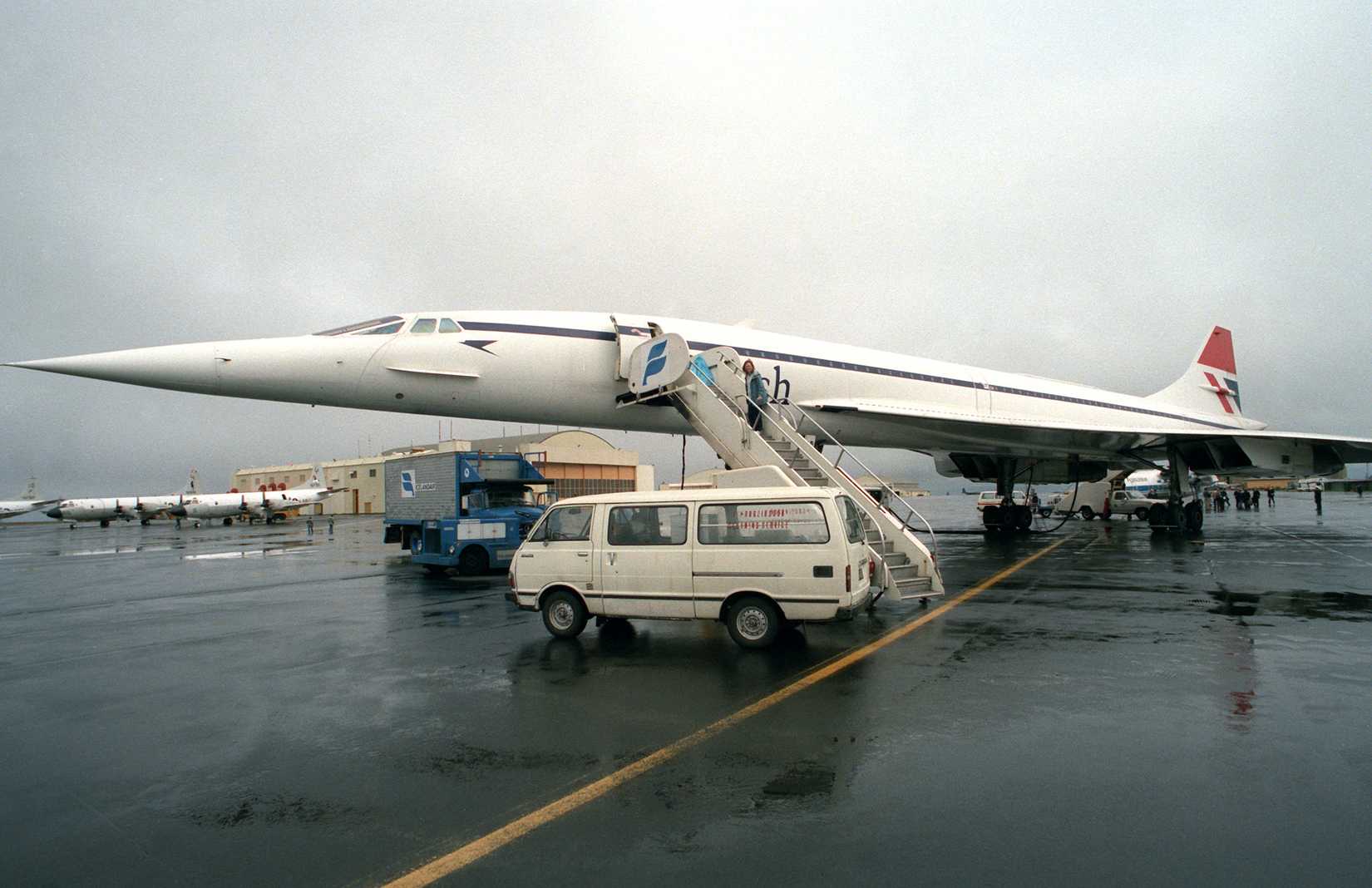The first time Concorde crossed the Atlantic on its maiden, non-stop journey was on September 26, 1973. The French-made model set a new record of three hours and thirty-three minutes flying time between Washington, USA and Orly, Paris, as it averaged 954 mph along the way.
On August 16, 1995, an Air France Concorde would set a new speed record flying around the world in 31 hours, 27 minutes and 49 seconds, Aviation Week reported. It beat the previous record of 32 hours, 49 minutes and three seconds, from 1992 which was also set by an Air France Concorde.
Concorde: Still The Fastest In 2025
The fastest of the series, Concorde 101 has held the global speed record of 1,450 mph for over 50 years and has never been surpassed. One of of only two commercially made supersonic transports (SST) in history, all the Concordes cruised at 1,549 mph (Mach 2.02). Concorde 101 also retains the record for the fastest journey, reaching the United Kingdom to the United States in just 2 hours and 56 minutes. At one point, it was the highest flight, reaching 63,700 feet.
A passenger, Donald Pevsner, along for the 1995 record-breaking flight delivered these comments after landing, as AP News records:
“The Coors Light Concorde, which has just returned to New York on August 16, has set a new official eastbound world speed record of 31 hours 27 minutes and 49 seconds, which has beaten the fastest previous time in either direction around the world by 1 hour, 21 minutes, 14 seconds.”
A Timeless Marvel Of Speed
Its incredible speed called upon an Air France Concorde once to fly a snakebite serum to Africa for emergency treatment. Other jets in the Air France and British Airways fleets would move diamond shipments to the USA, and live human organs for transplant purposes. It also served as a means of transporting bank exchanges between the United States and the United Kingdom.
Fred Finn, the first and last Concorde pilot, holds the Guinness World Record for the most Concorde flights as a passenger: 718 times between 1976 and 2003. ![]() British Airways limited their cabin crew to a maximum of three years’ service to allow as many people as possible to work on Concorde.
British Airways limited their cabin crew to a maximum of three years’ service to allow as many people as possible to work on Concorde.
Pilots wanting to fly Concorde had to complete an intensive six-month conversion program consisting of a technical course, simulator training, route briefing, and route flying training. There are actually fewer aircrew that have been at the controls of a Concorde than astronauts that have gone into space.
Over 2.5 million passengers have flown supersonically on British Airways’ Concorde since its commercial service in 1976. Heritage Concorde recounts an especially novel fact: over one million bottles of champagne have been consumed on Concorde passenger flights. Supersonic celebrities have included Sir Sean Connery, Joan Collins, Elizabeth Taylor, Sir Elton John, Kate Moss, Rod Stewart, Robbie Williams, Mike Tyson, and members of the Royal family.
Powered By Engines Of War
When the Concorde construction program started, the Rolls-Royce Olympus turbojet was already in development for the Avro Vulcan strategic bomber of the Royal Air Force. The Olympus Mk 593 Mark 62010 turbojet engine with afterburner (reheat) was selected since it would have been expensive to develop a new engine for a single aircraft.
Surprisingly, it is still among the most fuel-efficient Mach 2 power units ever produced. The only other SST ever made, the Tupolev Tu-144, was worse on gas, rough riding and never achieved commercial success despite being produced by the Soviet Union’s state-run aerospace industry.

- IATA Code
-
AF
- ICAO Code
-
AFR
- Year Founded
-
1933
Bristol Siddeley Engines Limited (BSEL) and Snecma (Société nationale d’études et de construction de moteurs d’aviation) collaborated to build the Olympus 593. Until the Concorde’s regular commercial flights ended in October 2003, the Olympus turbojet remained the only turbojet with an afterburner to power a commercial aircraft.


